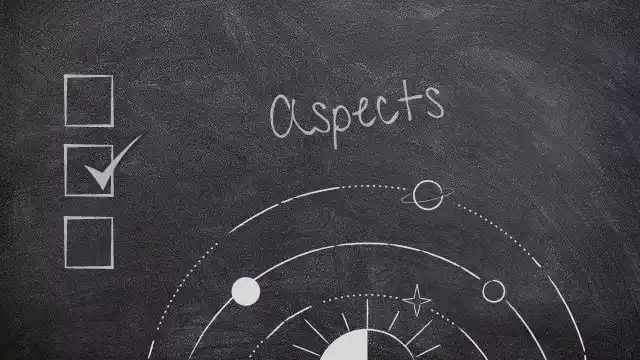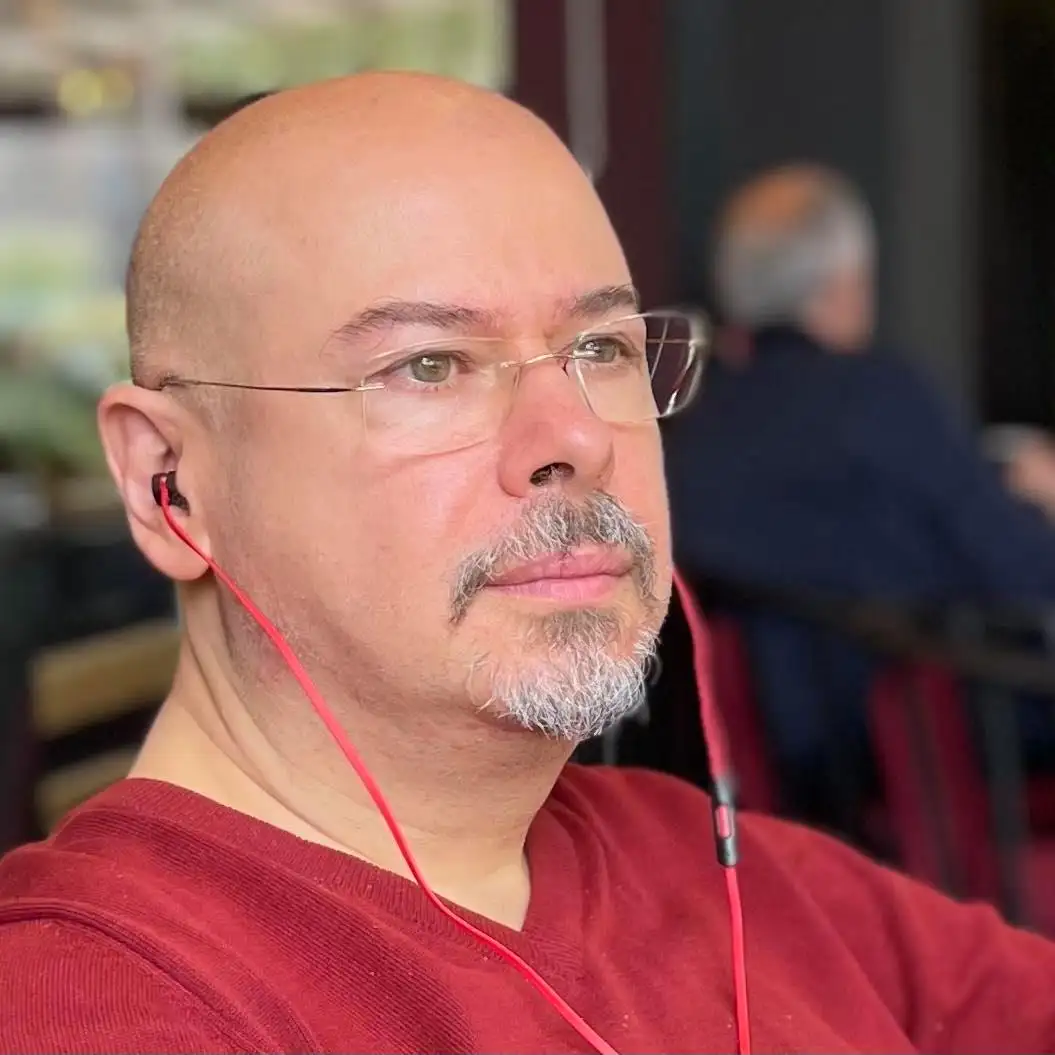A complete list of techniques in horary astrology

aug 16, 2021 For astrologers
Each planet in the horary chart signifies some external object. It could be a thing, person, or circumstance.
Therefore to predict, we need to juxtapose external items to the planets. There is a whole class of astrological techniques for this. Let's call them "signification techniques."
Signification Techniques
They essentially answer two questions...
- Which planet signifies that particular object, person, or circumstance? And...
- Whom does this planet signify?
We ask the second question when we know the planet has an essential role in the horoscope. But we do not know its meaning and need to find it.
When we have chosen a celestial body, we need to investigate it. By considering a planet, we describe what it signifies, namely the current or future circumstances. There is a class of techniques for this.
Descriptive Techniques
The first set of techniques assigns specific properties to the planet. There is a limited number of these properties.
For example, the planet might signify your neighbor, food, or job. It can have the properties of coldness, warmness, multiplicity, loudness, and so on. These features describe the condition of the actual objects.
For example, your roommate might be loud or quiet; food might be hot or cold, and you might be working one job or two.
There are three techniques responsible for such a description.
- Sign properties
- Fixed stars and
- Position of the planet in the house
But what if we want to know more than just specific properties? We may be interested in whether a person is healthy or sick, a large or small salary awaits us at a new job. How to be in this case?
That is where the technique of planetary dignity comes to help. The essential dignity or debility of the planet describes the state of objects it signifies. It answers three simple questions.
- Is this object in a bad or good condition? (in the context of the question)
- Is this object harmful or helpful by its nature?
- And if we are talking about a person — does he feel bad, or good?
For example, a client asks, — is it worth reading this book? It implies that the book can be dull or exciting. The condition of the planet of a book shows this. The significator can be dignified or debilitated.
If a client asks what position he will receive in a company — high or middle, we can assess his future work's significator. If it is essentially dignified, then the job will be highly managerial. The logic of judgment is straightforward here.
So, the essential dignities of the planets show the state of objects signified by those planets.
We will almost always use essential dignities of the significators. Only sometimes will we apply the techniques for specific properties when we are interested in them. For example, we are interested in the humidity in question — how wet the soil will be. And humidity is a specific property.
Finally, the third type of descriptive technique is the accidental strengthening of a planet.
This technique answers the question — "how actively a given object can act, or resist external influences."
For example, a company can be pretty aggressive and not play by the rules (that is, harmful to the market). But meanwhile, it can be a powerful player and consist of extraordinary professionals.
Another example. There is an excellent company leader and a manager with extensive experience. But now, he is ill and cannot manage the business. In this case, we will say that the planet showing the boss is essentially dignified but accidentally weakened.
Here are the typical questions resolved exclusively by the accidental strengthening/weakening assessment.
- Will our team win?
- Will the company survive the crisis?
- Is this glass fragile or durable?
We are asking here exclusively about the strength or resistance of the objects.
Okay, we know a list of techniques to describe the objects. But what about the flow of events?
Predictive Techniques
How will the planetary state change over time? How will these planets interact with each other? And what apparent events will this interaction produce?
Here is the third class of techniques that comes into play. It shows the interaction between the planets.
There are tools for determining people's motives — what they want and what direction they will act. There are techniques for assessing the influence of one planet on another.
And finally, there are tools for determining future events and the timing of their occurrence.
The first technique is receptions. It answers three simple questions.
- Does a person love, appreciate, or want to save something, or not?
- Will the object help or harm another particular object?
- And finally, is an object in someone's power?
For example, in the question, "will my boss agree to give me this position?" We are interested in the boss's motive. And this is what reception describes.
In the question, — "is it safe to eat this food?" We are interested in the possible harm food can cause. It may happen because the food is destructive innately, say it is not fresh. And in this case, we will assess the essential dignity of food’s significator.
But it could be because this food doesn’t precisely fit the querent, say he has an allergy to nuts, even if they are of excellent quality.
In this case, we talk about a specific impact and apply the techniques of receptions.
Finally, in the question, — "who has hidden control over my competitors?" We are interested in the presence of control by a third party. And this is also the subject of receptions.
The following two techniques show impact or close connection between two planets. These are the techniques of close aspects, antiscia, and house affliction.
They answer the questions:
- Is there any influence from the other planet and something which it signifies?
- Is there a connection between the two planets, that is, between the two objects they describe?
For example, in the question, — "Does my friend's mother interfere with his relationship?" We are interested in the mother's constant influence. Astrologically speaking, we are interested in whether the mother's planet affects the friend's planet.
Influence is the subject of close aspects, antiscia, or position in a house.
In the question, — "Is he involved in a dirty business" or -"is he tied with Harry," we are interested in the presence of a close connection between the two significators. And this is also what close aspects, antiscia, or position in a house describe.
Finally, the most intriguing part is the techniques for identifying events and the time of their occurrence. And this is what exact aspects, ingressions and timing tools are responsible for.
They answer two simple questions.
- Will a particular event occur?
- And if it will, then when will it happen?
Typical questions these techniques answer:
- When will I meet him?
- Will I get this job?
- When will my business grow up twice?
Summary
So let's recap what we've learned so far.
In these two tables, I have listed astrological techniques and their purposes. I also highlighted the focus keywords that characterize each method.
When you hear these keywords in a question, you immediately understand what techniques are proper for you to answer.
You will remember this table with time, but print it out and keep it handy for now — you will return to it frequently.
| Task | Question to answer | Technique to apply |
|---|---|---|
| Find a planet |
Which planet signifies a given object? Whom does this planet signify? |
Signification techniques |
| Describe an object |
Is it good or bad? Is it helpful or harmful by nature? Does he feel good or bad? |
Essential dignities |
| Does it have a specific property? | Fixed stars | |
| Sign’s properties | ||
| Position in a house | ||
| Is it strong or weak? | Accidental strengthening | |
| Understand motives and subordination |
Does he love or hate? Is it in someone’s power? |
Reception |
| Does it support or harm that particular object? | Reception | |
| Position in a house | ||
| Understand influence and connections |
Is there long lasting influence? Is there close connection? |
Close aspects |
| Antiscia | ||
| Position in a house | ||
| Predict events | Will event happen? | Exact aspects |
| Static position | ||
| Change of position | ||
| When will event happen? | Timing techniques |
All of these techniques require a careful application. That is why our software for horary astrologers does all these calculations for you.
P.S. If you want to make sure that the techniques are applied correctly, chat with our chatbot and see how it makes astrological predictions and what methods it uses.

Mark Rusborn (A. Borealis)
Former Soviet physicist, now a professional astrologer, creator of the Pocket-Astrologer project.


